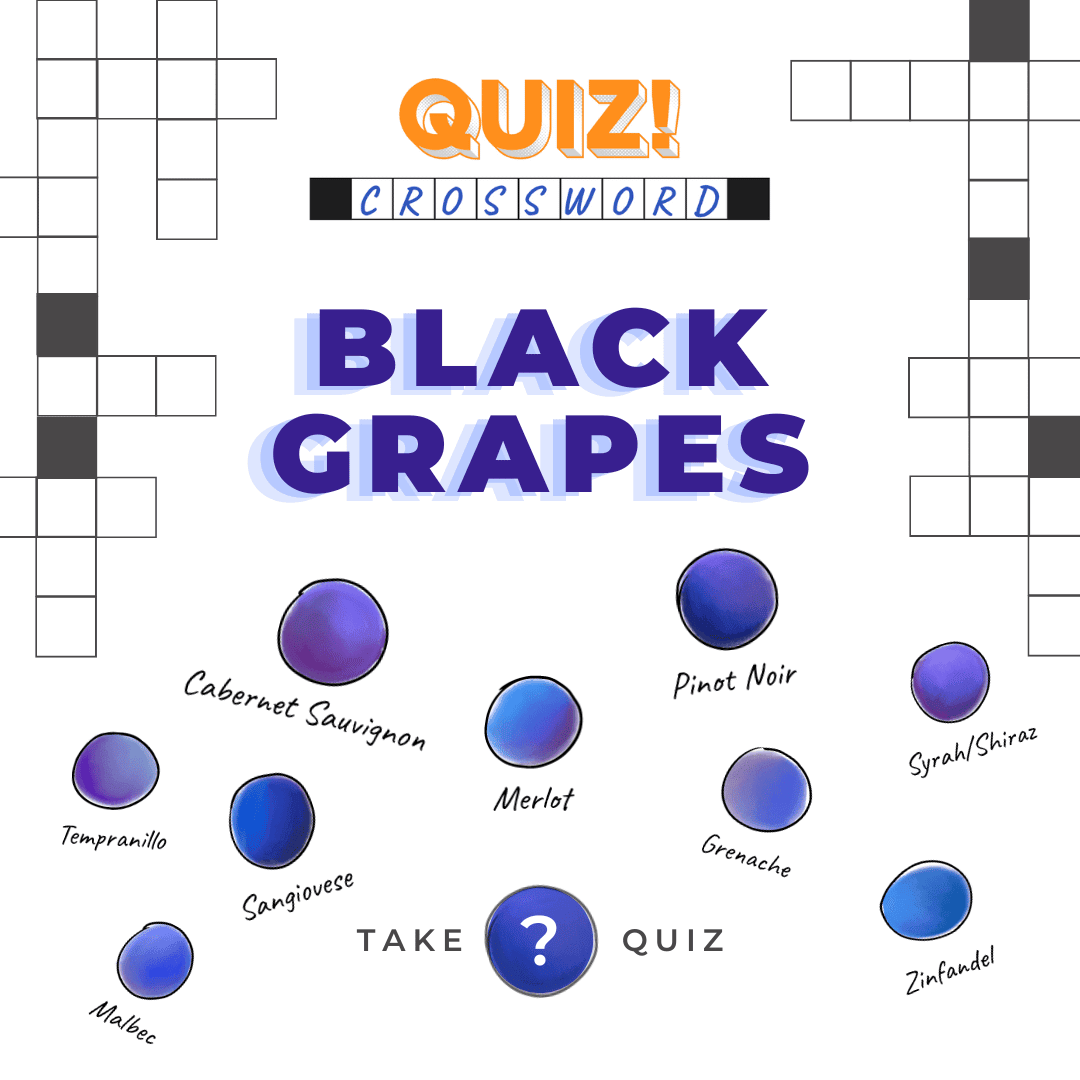While white winemaking is characterized by separating juice from grape solids, red wine-making is just the opposite: it’s all about the skins. This outer layer of the grape is where all of the pigments and tannins reside, along with many of the aroma and flavor compounds that give red wine its color, structure, and character.
Accordingly, the cornerstone of red winemaking is extraction—in other words, pulling out the ideal amount of each of these components to achieve the desired style of the finished wine.
With the end result in mind, the winemaker must choose a course of action for this process.
If the skins are agitated significantly during fermentation, a higher degree of extraction will occur, resulting in a more tannic wine with deeper color and more intense flavors; if they are left undisturbed, the wine will be lighter in color and body, with more delicate characteristics.
This is just one decision in a long series of choices that winemakers must make when producing red wine. The choices begin in the vineyard:
> Starting with when to pick the grapes. Tannins must be ripe enough to avoid lending harsh herbaceous character to the wine, however, waiting too long to harvest can lead to overripe flavors or berries that are raisinated.
> Whether and for how long to allow the grapes to macerate before fermentation to encourage additional extraction of color, flavor, and aromas.
- Carbonic maceration, best known for its role in Beaujolais Nouveau, involves fermenting whole bunches of uncrushed grapes to extract color with a minimal amount of tannins, leading to soft, fruity, and approachable red wines that are ideally consumed young.
> Whether to practice thermo-vinification by heating the grapes before fermentation to release color from the skins. This carries the risk of muddying fresh fruit aromas.
> Which fermentation vessel to use. For this stage, red wines are almost always fermented in inert vessels due to the difficulty of maintaining skin contact in oak, but oak staves may be used to contribute aromas, tannins, and color stabilization.
> The ideal fermentation temperature. This is typically between 20°C and 32°C (68°F and 89.6°F) for reds—higher temperatures encourage greater extraction, but the temperature must be controlled to ensure that fermentation continues (it will grow sluggish or may even stop if the temperature rises above 35°C (95°F).
> Whether and how to extract during fermentation. As the wine ferments, the pulp and skins will float to the surface, forming a “cap.” Breaking up the cap increases extraction and can be done in several ways:
- Pumping over: Drawing wine out from the bottom of the vat and pumping it back over the cap.
- Punching down: Using paddles (by hand or mechanically) to push the cap down into the vat.
- Rack and return: Draining the juice entirely from the vat, leaving behind only the cap, then returning the juice to the vat atop the cap.
- Rotary fermenters: Horizontal tanks that rotate to keep the juice and the skins in contact at all times.
> Whether and how to extract after fermentation. As fermentation progresses, color extraction becomes slower, while tannin extraction picks up speed. Therefore, low-tannin, fruit-forward red wines can be removed from the skin immediately following fermentation, while ageworthy, structured wines might undergo prolonged skin contact for several additional weeks.
These winemaking decisions, combined with the nuances of grape variety, terroir, and other factors, can lead to a wildly and wonderfully diverse array of red wines worldwide, from soft, delicate, and ethereal to firm, muscular, and powerful.
To learn more about the process of winemaking and the many varied styles of wine produced around the world, enroll in a WSET course today.

















